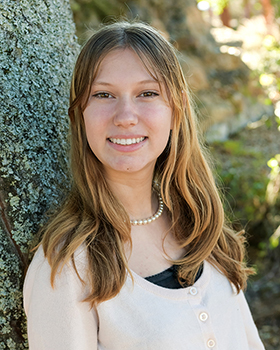
Today we visited a small village near the ashram called which is home to the Gujjar people. Shannon had told us it was just a quick tractor ride away and she was not wrong. We all loaded into the back of a large tractor and set off across the street and down a dirt road.
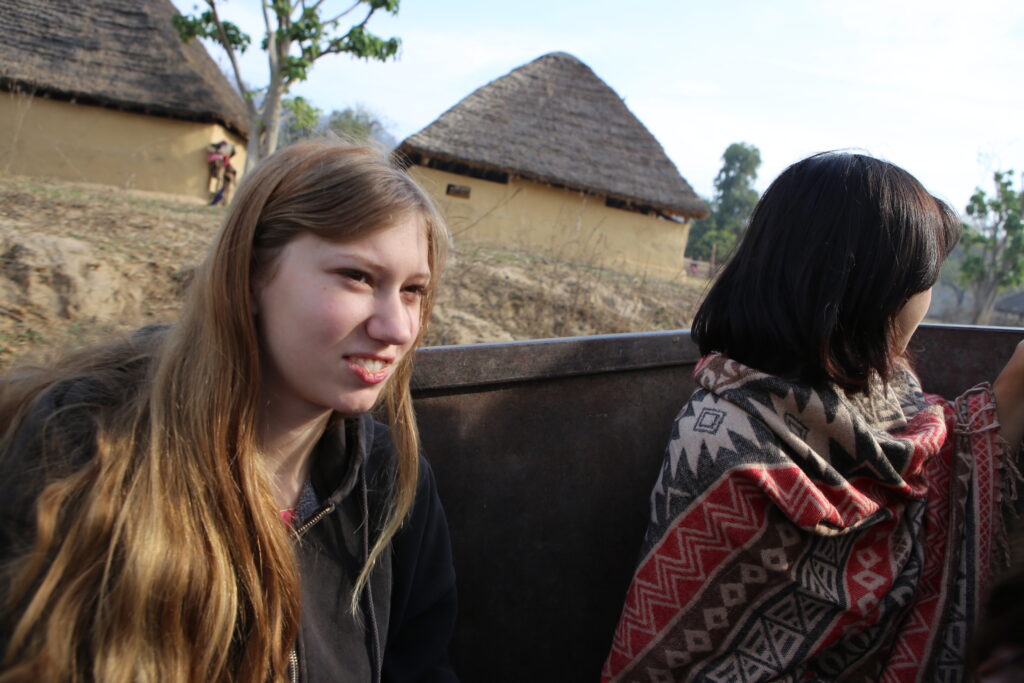
On the way over we were stopped by a woman who was asking if she could grab a ride to the same place we were headed. She told us that she has been coming to the village to teach the kids. The Gujjar people used to be nomadic but the people in this village had been settled on a portion of land that was given to them by the Indian government for about two or three generations. There were around two hundred people living in the village and education for them was a fairly new thing. Few families send their kids to the small school room but I believe that having a teacher come in from outside is an easy and motivating way to give the kids some education.
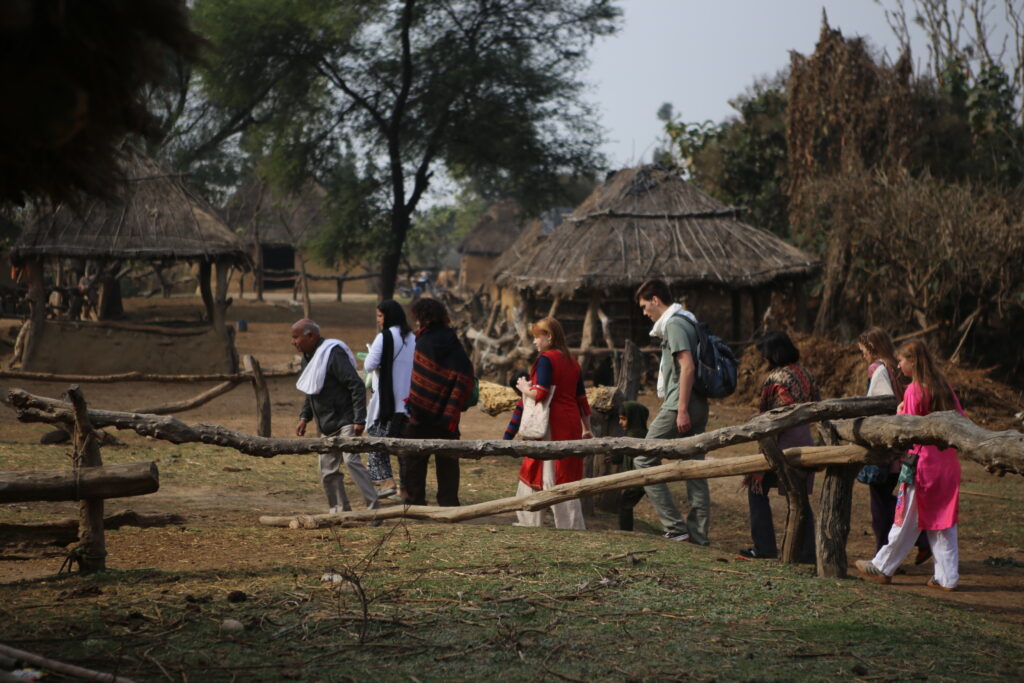
As we walked around, we stopped briefly at the school house. The children were practicing their ABC’s and I helped lead them through the exercise. Next the teacher asked if there were any short mantras we knew to teach the kids. We decided to go with, “Head, shoulders, knees, and toes” and I, along with my classmates, helped lead a quick round of the game. The kids seemed excited to learn new things. It was amazing to see how the village people were able to mix the skills they needed for their traditional lifestyle with a bit of modern education and technology. For example, a straw roofed house with a solar panel on top. We were even told that one man had attended the school nearby when he was younger and was now sending his three daughters there to get an education. To me, this seemed like an amazing advancement because I had heard before visiting that traditionally young women were not allowed to leave the village, unless it was medically necessary. When a woman gets married she is expected to live in her husband’s village. It was inspiring for me to hear about these young women who were supported by their father to pursue education outside of their village. -Amelie Zands

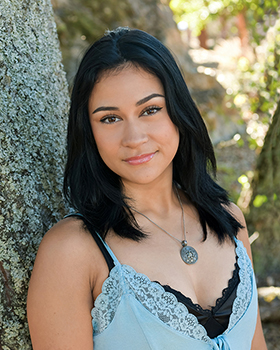
This morning we took a tractor to ride into the jungle near Sri Ram Ashram to visit a Gujjar village. This Gujjar village is home to around 200 people and they have been settled on their land for about two or three generations, but were previously a nomadic tribe. Now they live on government land that they are able to use due to their tribal recognition.
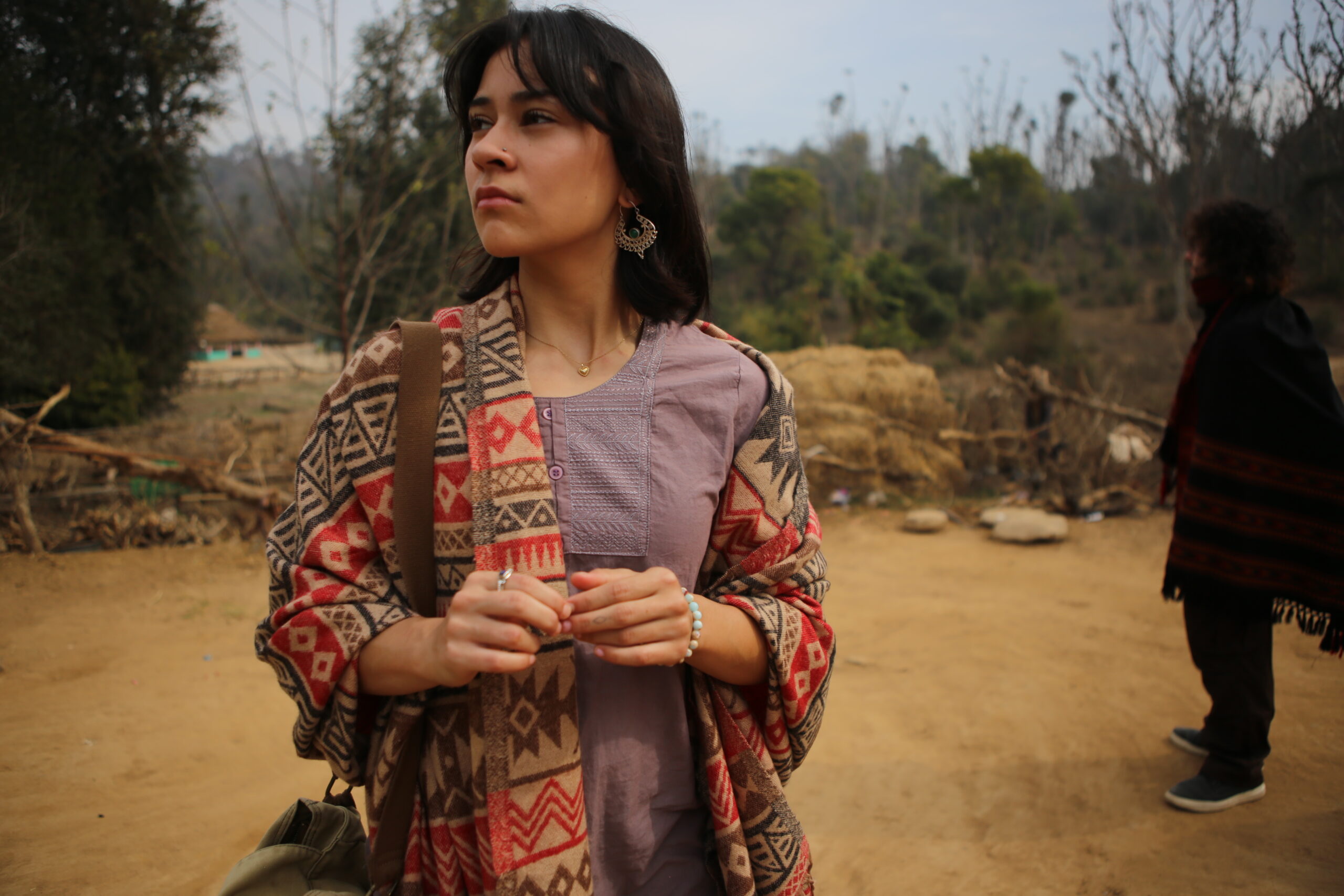
Before arriving, I was a little nervous because our teachers told us that it was extremely traditional and modest. I did not want to do anything that would offend them so I was a bit intimidated. Once we arrived I felt comfortable because while it was both very traditional and modest, the people were all welcoming and the children were nothing but smiles. And, I could not get over how adorable all of the baby cows were.
All of the building walls were constructed using mud and the roofs were made with hay. The roof was supported by and tied to long branches that created a criss-cross design when looking up from inside the building. I loved looking at the construction and the details of how the buildings were made because it reminded me of how the Fales in Samoa are built.
Education is still relatively new for the Gujjar people. Very few people from both the Guijar and other villages in the area are able to leave for their studies, let alone start a career. Fortunately, recently the village has had a teacher come to the village to teach the children how to read and write, as well as some maths. Hopefully soon more of the children will be able to attend school at Sri Ram Ashram.
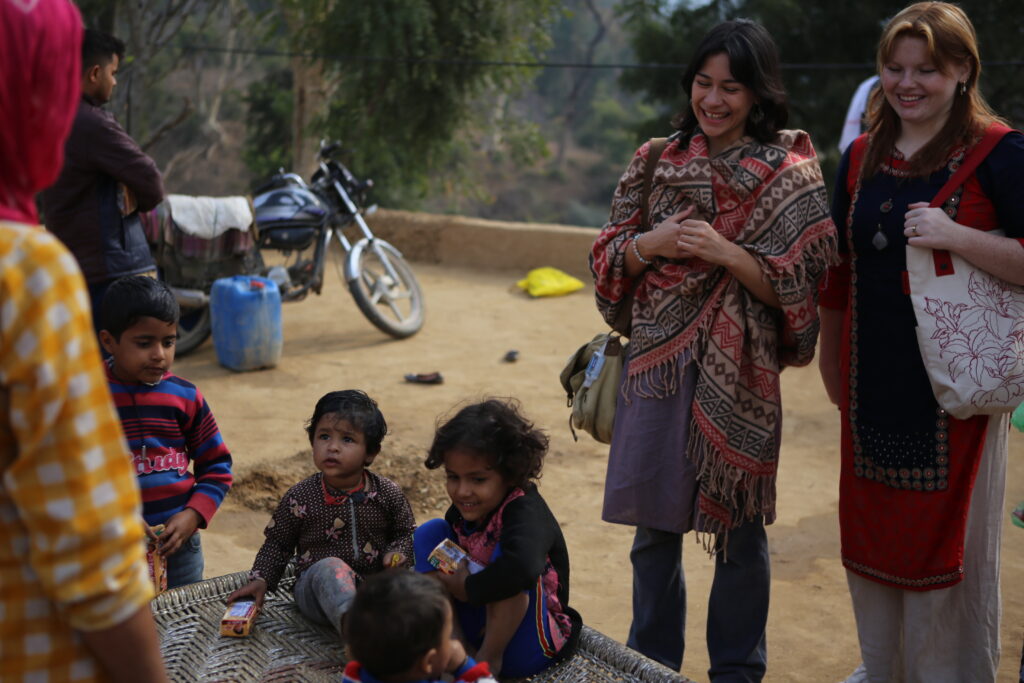
Culturally, it is the men who stay in the village for generations and the women are married into one of the surrounding villages. Generally, it is the men who work outside with the animals and the women stay in the homes to cook and keep the village clean. Women there are rarely given the opportunity to leave the village and mainly only leave for medical reasons.
Someday, I hope to come back to India and visit the Gujjar people again and possibly speak with them and get to know them more. I want to hear their stories and dreams, and I hope more than anything that those dreams will come true.-Lagi Hunnicutt
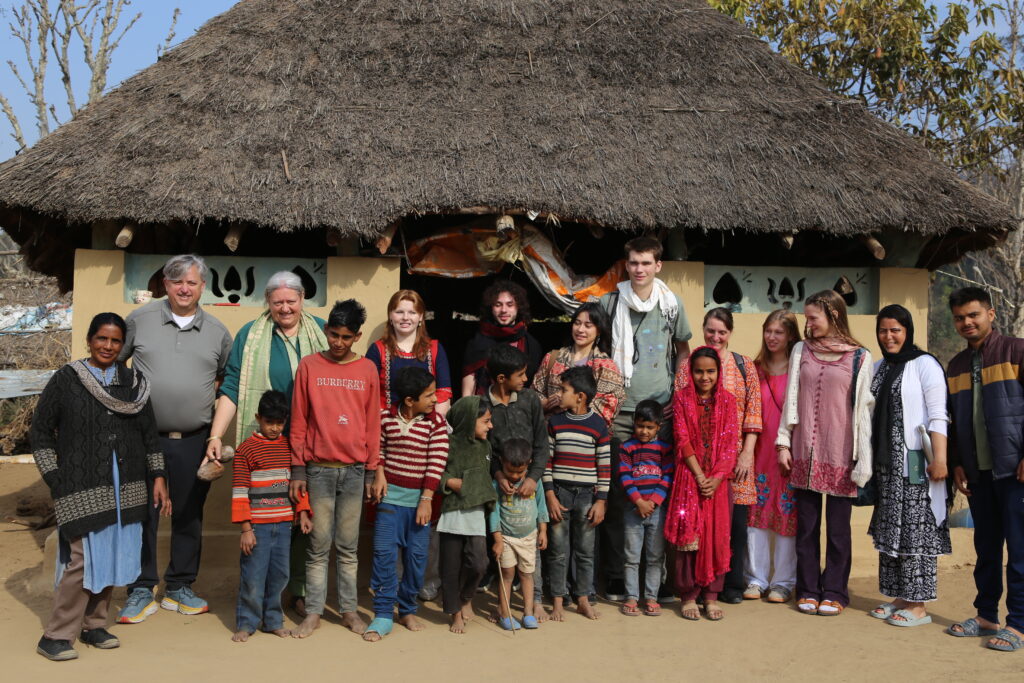
You must be logged in to post a comment.